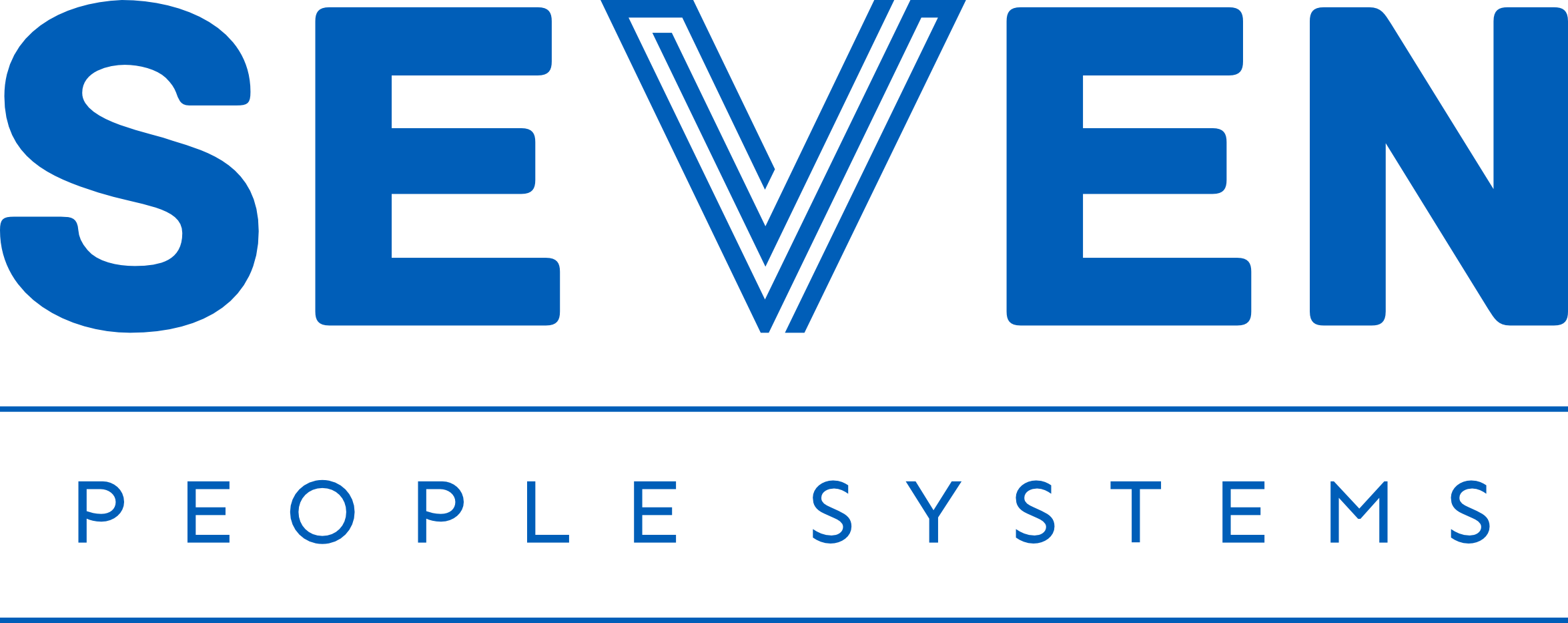Adaptability for Indian Leaders: The Complete Playbook
- August 8, 2025
- Posted by: info@seven.net.in
- Category: Talent Management
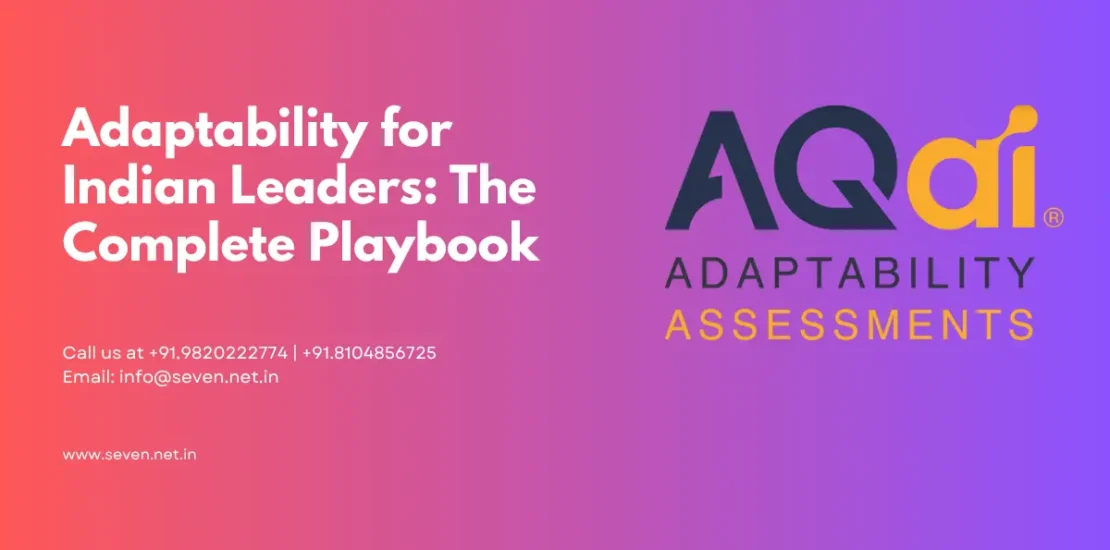
What is Adaptability and Why is it Crucial for Leaders in India
Adaptability, often called the leadership adaptability strategy for the modern era, is the ability to adjust strategies, rethink assumptions, and act decisively in the face of change. For leaders, it’s not just about reacting to challenges – it’s about anticipating them, shaping outcomes, and thriving in uncertainty.
In India’s fast-evolving business environment, adaptability has become a core leadership currency. The country’s GDP is projected to grow at over 6% annually in the latter half of the decade, driven by rapid digital transformation, globalization, and a surge in entrepreneurial ventures. Yet, these same forces are introducing unprecedented volatility.
Key Disruption Drivers in India
Leaders across Indian boardrooms are navigating:
- Digital disruption – AI, automation, blockchain, and Industry 4.0 redefining business models at speed.
- Global integration – Indian companies expanding abroad while global competitors enter domestic markets.
- Evolving workforce expectations – Gen Z and Millennials prioritizing purpose, flexibility, and continuous growth.
- Complex regulatory environments – Frequent policy changes in sectors like fintech, manufacturing, and healthcare requiring quick pivots.
Between now and 2030, Indian leaders will operate in a BANI world – brittle, anxious, nonlinear, and incomprehensible – where challenges emerge suddenly and solutions often demand creative, non-linear thinking. In this reality, adaptability is not a “nice to have,” it is the determining factor between growth and decline.
The Science Behind Adaptability (AQ)
Adaptability can be measured, learned, and improved. The Adaptability Quotient (AQ), developed by AQai, is a science-backed metric for change readiness, tested in over 50 countries. The AQai Adaptability Quotient is a science-backed way to measure how leaders respond to change, making it essential for India’s fast-evolving business landscape.
The Three Core AQ Dimensions
The AQ model examines three core dimensions:
- Ability – How you adapt
- Grit, Mental Flexibility, Mindset, Resilience, Unlearn
- Character – Who adapts and why
- Emotional Range, Extraversion Preference, Hope, Motivation Style, Thinking Style
- Environment – When and to what degree you adapt
- Company Support, Emotional Health, Team Support, Work Environment, Work Stress
Real-World Application for Indian Leaders
- A manufacturing CEO in Pune may rely on Mental Flexibility to navigate shifting export rules and deploy AI-led production planning.
- A retail leader in Delhi might leverage Unlearn to replace outdated sales approaches with omni-channel strategies.
- A fintech founder in Bengaluru may draw on Resilience to survive regulatory swings from the Reserve Bank of India.
An AQme assessment pinpoints a leader’s adaptability strengths and growth areas, turning adaptability from an abstract concept into a measurable, actionable leadership advantage.
BANI Leadership Skills: Challenges Faced by Indian Leaders in a BANI World
The 2020s have ushered in a leadership environment that can be summed up in four letters: BANI – Brittle, Anxious, Nonlinear, Incomprehensible. For Indian leaders, each plays out uniquely against the backdrop of the country’s economic ambitions, cultural diversity, and rapid technological adoption.
Brittle: Fragile Systems Under Pressure
India’s high-growth sectors – from IT services to renewable energy – often operate on globally connected supply chains. A disruption in one link, such as semiconductor shortages or port closures, can cascade quickly. Leaders must build resilience into operations without compromising efficiency.
Anxious: Heightened Uncertainty and Pressure
Markets are moving faster, customer demands are shifting overnight, and social media amplifies every misstep. Leaders are operating under constant scrutiny from investors, regulators, employees, and the public.
Nonlinear: Disruption Doesn’t Follow a Predictable Path
In a nonlinear world, small triggers can have outsized consequences. An app feature release can either skyrocket adoption or crash user trust, depending on timing, execution, and perception.
Incomprehensible: Overwhelming Complexity
Leaders must often make decisions without full clarity. The pace of AI innovation, regulatory updates, and shifting geopolitical alliances creates an environment where not all variables can be predicted or understood.
Why BANI Challenges Demand Higher Adaptability in India
The interplay of speed, scale, and stakes in the Indian context means leaders must:
- Rapidly sense and interpret signals in noisy, fast-changing environments.
- Build psychological safety in teams to encourage experimentation and problem-solving.
- Leverage cultural agility to lead diverse, multilingual, multi-generational workforces.
- Embed adaptability into strategic planning so organizations can pivot without paralysis.
In the BANI world, leaders who cling to past formulas will find themselves outpaced by those who actively practice, measure, and improve adaptability.
The AQai Adaptability Quotient Model
The AQai Model is grounded in over 100 scientific studies and assesses adaptability across three master dimensions: Ability, Character, and Environment. Each is made up of specific sub-dimensions that measure different aspects of how a person adapts to change.
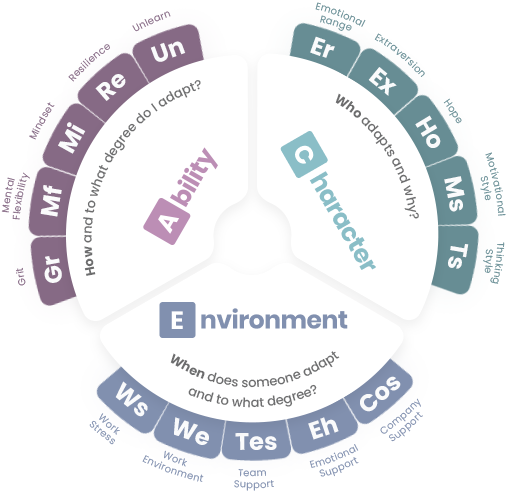
1. Ability – How and to What Degree Do I Adapt?
These sub-dimensions assess the skills and capacities that enable behavioural and cognitive adaptation:
- Grit – The ability to stay the course, follow through on important goals, and persevere despite challenges.
- Mental Flexibility – The ability to accept, appreciate, and embrace competing demands or problems, and to switch between different perspectives or solutions.
- Mindset – The general outlook that change and adaptation will lead to positive outcomes rather than negative ones.
- Resilience – The capacity to recover quickly from setbacks, difficulties, or challenges; the ability to “bounce back” or even “bounce forward.”
- Unlearn – The skill and intentionality to let go of previous knowledge, processes, or behaviours that are no longer useful, making space for new learning.
2. Character – Who Adapts and Why?
These sub-dimensions measure intrinsic personality traits, motivation, and cognitive style that influence adaptability:
6. Emotional Range – The extent to which people experience emotions as a result of situations in their environment.
7. Extraversion Preference – How much a person seeks the company of others and draws energy from social interaction when navigating change.
8. Hope – The mindset to pursue goals with confidence in positive outcomes, and the ability to find alternative paths when challenged.
9. Motivation Style – The way an individual drives themselves towards goals during change (e.g., playing to win vs. playing to protect).
10. Thinking Style – How an individual processes information, views situations, and balances big-picture thinking with attention to detail.
3. Environment – When Does Someone Adapt and to What Degree?
These sub-dimensions capture external factors that can enable or hinder adaptability:
11. Company Support – The perception that the organisation values contributions and cares about employee wellbeing.
12. Emotional Health – The degree to which individuals experience positive emotions and minimise negative ones in the workplace.
13. Team Support – The extent to which employees feel safe to share ideas, take risks, and ask for help within their teams.
14. Work Environment – How much the organisation encourages experimentation, rapid adaptation, and innovation versus maintaining the status quo.
15. Work Stress – The perceived sense of overwork, overwhelm, and workload manageability (note: in AQai, high scores here indicate high stress, which is negative; medium scores are optimal).
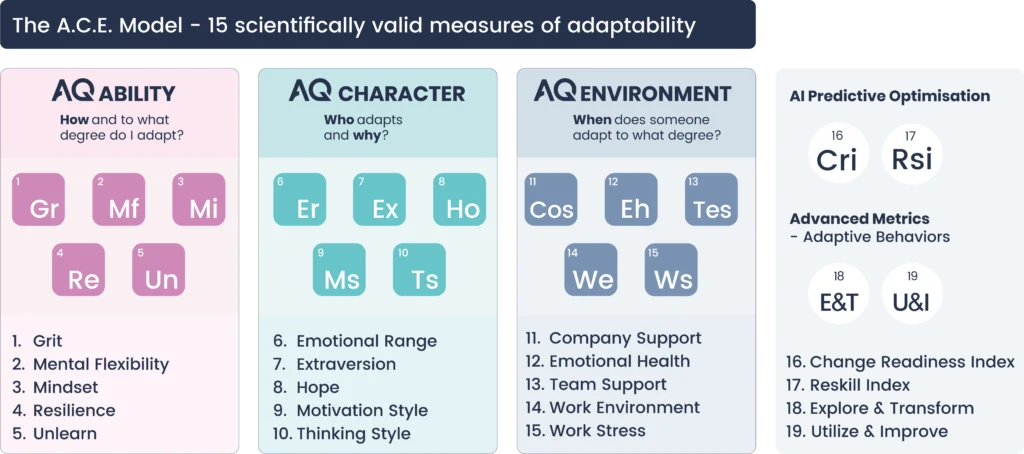
Why the AQai Model Works in India
- Provides a quantifiable, personalized profile of a leader’s adaptability.
- Identifies both personal and environmental barriers to change.
- Offers data-driven development plans that can be tracked over time.
How Seven People Systems Builds Adaptive Leaders
At Seven People Systems, adaptability isn’t treated as a buzzword or a side module in leadership training – it is the core around which we design transformation. Our mission is to help Indian leaders not only cope with change but turn it into a strategic advantage.
Our Approach: The Adaptability Leadership Blueprint
We integrate science, strategy, and India-specific business realities to develop leaders who can thrive in volatile conditions. Our methodology combines:
- Diagnostic Precision with AQai Assessments
- Using AQme and AQteam assessments, we map leaders’ adaptability profiles across the 15 sub-dimensions of Ability, Character, and Environment.
- This data pinpoints strengths (such as Grit or Mental Flexibility) and development priorities (like Emotional Health or Unlearning).
- Context-Driven Leadership Coaching
- One-to-one and small-group coaching tailored to the realities of Indian corporates – from managing family business transitions to steering AI-driven operational shifts.
- Guided by certified AQ coaches, leaders translate assessment insights into real behavioural shifts.
- Adaptive Leadership Workshops
- Highly interactive sessions using Heifetz’s Adaptive Leadership and BANI simulations tailored for Indian industry contexts.
- Participants practice decision-making in complex, ambiguous scenarios, ensuring learning sticks.
- Environmental Alignment
- We help organizations build adaptive cultures, enhancing team support, psychological safety, and open innovation environments.
- This ensures leaders’ adaptability isn’t undermined by rigid processes or unsupportive cultures.
- Long-Term Change Tracking
- We re-assess adaptability at agreed intervals, tracking measurable progress and refining development strategies.
- This creates a closed loop of insight, action, and improvement.
Why Our Model Works for Indian Leaders
- Data-Driven: We use globally validated AQ measures to inform highly targeted interventions.
- India-Specific: Our programs reflect India’s unique blend of rapid growth, cultural diversity, and regulatory complexity.
- Future-Focused: We prepare leaders for the 2025–2030 horizon, where adaptability will be the most valuable leadership currency.
- Proven Impact: Clients have reported faster strategy execution, smoother change adoption, and stronger cross-cultural team performance.
Case Example:
- Assessment revealed: Strong Grit and Resilience, but low Mental Flexibility.
- Intervention included: Targeted mental flexibility training, cross-market scenario simulations, and collaborative solution design workshops.
- Outcome: The leadership team successfully pivoted to alternative export markets in under 90 days, avoiding significant revenue loss.
Step-by-Step Plan for Indian Leaders to Improve Adaptability
Adaptability is a skill you can measure, build, and sustain – but it requires intentional effort. Here’s a practical roadmap for Indian leaders, combining quick wins with long-term strategies.
First 30 Days – Build Awareness and Baseline
- Measure Your Adaptability – Take the AQme Assessment to understand your Ability, Character, and Environment scores.
- Identify One Key Growth Area – Focus on the most critical sub-dimension for your role (e.g., Mental Flexibility if you’re managing rapid product pivots).
- Engage in Reflective Practice – Keep a weekly leadership journal capturing challenges, decisions, and lessons learned.
Days 31–60 – Strengthen Core Skills
- Experiment with New Perspectives – Join cross-functional projects to test decision-making outside your comfort zone.
- Develop Resilience Routines – Integrate mindfulness, exercise, or short recovery breaks to maintain high energy during change.
- Seek Adaptive Mentorship – Partner with a leader known for navigating uncertainty to learn strategies firsthand.
Days 61–90 – Apply and Embed
- Run a Controlled Change Experiment – Pilot a small-scale change initiative within your team and document what works (and what doesn’t).
- Enhance Environmental Enablers – Improve team support, psychological safety, and decision-making transparency.
- Communicate Adaptively – Adjust messaging style based on audience – blending data, storytelling, and cultural nuance.
Beyond 90 Days – Sustain and Scale
- Reassess and Track Progress – Retake the AQme Assessment every 6–12 months.
- Embed Adaptability into Strategy – Include adaptability metrics in leadership KPIs and succession planning.
- Coach Others – Share your adaptability strategies with peers and direct reports to create a ripple effect across the organization.
This approach ensures adaptability is not just a training topic, but a daily leadership habit reinforced by measurement, feedback, and cultural alignment.
Discover Your Adaptability Edge – Start the Conversation Today
At Seven People Systems, we work with Indian leaders to pinpoint adaptability strengths, uncover blind spots, and design actionable strategies for growth. Whether you’re leading a family business, scaling a startup, or steering a large corporation, these insights can be the foundation for transformative change.
Let’s explore how adaptable you really are – and how to take it further.
Connect with us today to discuss your Adaptability Quotient and how it can power your leadership in 2025 and beyond. Reach us at +91.8104856725 | +91.9820222774
Frequently Asked Questions on Adaptability for Leaders
1. What is the AQai Adaptability Quotient and why is it important for Indian leaders?
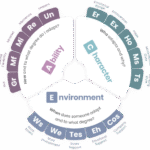
The AQai Adaptability Quotient is a science-backed metric that measures how individuals and organizations respond to change. Built on over 100 scientific studies, it assesses 15 sub-dimensions across Ability, Character, and Environment.
For Indian leaders, this is crucial in navigating BANI leadership challenges such as regulatory shifts, global market integration, and rapid digital transformation in India. By understanding your adaptability profile, you can develop targeted strategies to lead effectively in volatile environments.
2. How does the AQai Model’s 15 sub-dimensions improve leadership adaptability strategies?
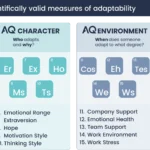
The AQai model 15 sub-dimensions cover skills like Grit, Mental Flexibility, Mindset, Resilience, and Unlearn under Ability; personality traits such as Emotional Range and Motivation Style under Character; and workplace factors like Team Support, Emotional Health, and Work Environment under Environment.
By improving these areas, leaders can enhance decision-making, embrace innovative thinking, and build teams with psychological safety, all essential for sustainable success in a BANI world.
3. What are BANI leadership skills, and how can they be developed in India?

BANI leadership skills refer to the capabilities needed to lead in a world that is Brittle, Anxious, Nonlinear, and Incomprehensible.
For Indian leaders, developing these skills involves:
- Practicing mental flexibility to switch strategies quickly in uncertain markets.
These skills can be developed through targeted coaching, such as the Seven People Systems leadership coaching programs. - Building organizational adaptability through scenario planning and cross-functional collaboration.
- Strengthening resilience to bounce forward from setbacks.
4. How does the Heifetz Adaptive Leadership framework complement the AQai model?
The Heifetz Adaptive Leadership framework focuses on mobilizing people to tackle tough challenges and thrive amid change. When combined with the AQai Adaptability Quotient, leaders gain both a measurable baseline of their adaptability and a practical toolkit for applying it in real scenarios.
This synergy is particularly powerful in India, where leaders face regulatory challenges, Gen Z and Millennial workforce expectations, and high-speed AI-led business transformation.
5. How can Indian organizations build organizational adaptability?

Organizational adaptability in India requires aligning people, processes, and culture for rapid response to change.
Steps include:
- Measuring adaptability with AQme assessments.
- Providing consistent team support and ensuring emotional health to foster resilience.
Organizations that master these will not only survive but thrive in the era of strategic leadership in volatility. - Embedding experimentation into the work environment.
6. Why is mental flexibility so important for Indian CEOs and business leaders?
Mental flexibility allows leaders to hold competing ideas, adapt perspectives, and adjust decisions quickly. For an Indian manufacturing CEO, this might mean pivoting supply chains due to sudden policy changes; for a fintech leadership team, it could involve adopting new compliance technologies overnight.
High mental flexibility is directly linked to innovation, problem-solving, and maintaining a competitive edge in fast-changing markets.
7. How often should leaders reassess their AQai Adaptability Quotient?
Ideally, leaders should reassess their AQai Adaptability Quotient every 6–12 months. This allows for tracking measurable improvements, identifying new adaptability gaps, and refining leadership strategies. In a market as dynamic as India’s, this regular check-in ensures leaders remain ready for both expected and unexpected disruptions.
Latest Blogs
- 5 Simple Steps to Confident Personal Decision Making: A Complete Guide
- 5 Critical Organisational Problems Adaptability Quotient (AQ) Can Solve
- AI Training & Certification in India: The Complete 2025 Guide to 46 AI CERTs® Programs
- Adaptability Assessment in India: Why AQai is the Benchmark for Leaders and Teams
- How to Choose the Right AI Certification
